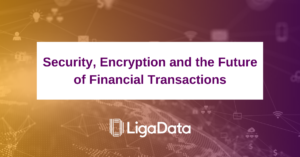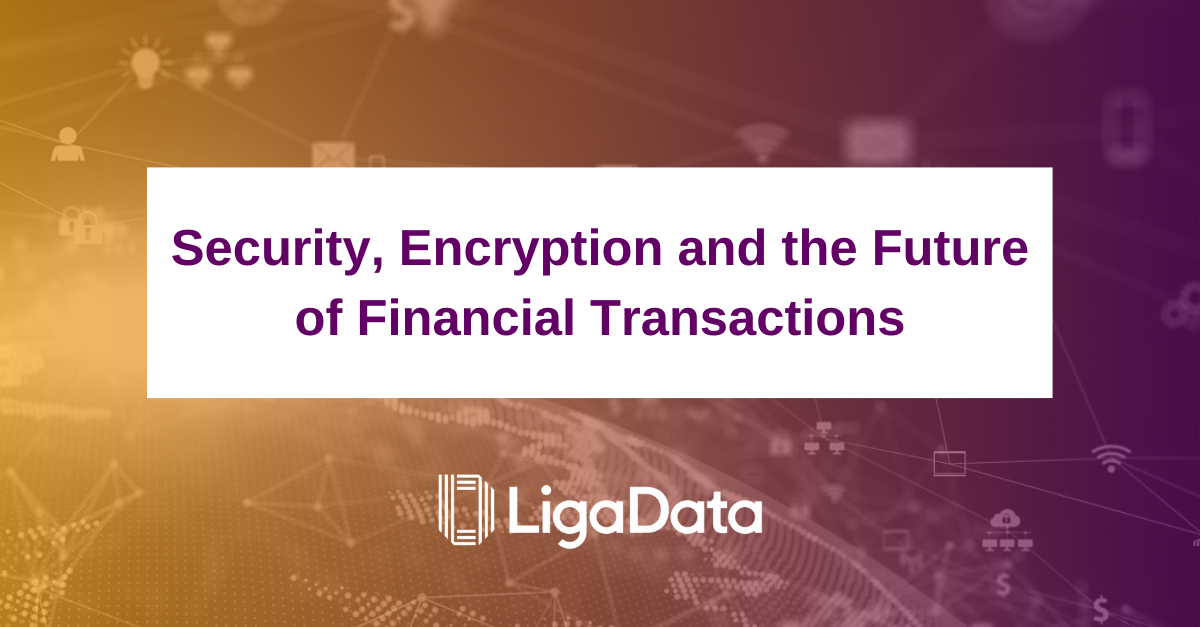
We are constantly hearing predictions about what the next evolution of industry will be. Often letters and acronyms like 5G, IoT, AI, ML are bandied about by industry leaders as they envision new ways for consumers and enterprises to interact.
This current decade will see a convergence of all of these technologies into a homogentisic network with interconnection between devices, people, and machines. But what does this really mean?
5G is a network environment that operates multiple frequencies operating at high bandwidth to connect both devices and people (smartphones); IoT (internet of things) is the interconnection of all devices using sensors; data and advanced analytics combined with Artificial Intelligence enables the ability to analyze need, requirements and insights at a nanolevel and utilize greater intelligence engines to provide consumer-centric outcomes.
The result? – Moving industrial and business processes right to the very edge of the network and delivering more sophisticated interactions with consumers .
We are starting to see the reality of these technologies being utilized in a very real way across the Financial Services industry. The combination of financial services, telecommunications and apps are pushing traditional financial services right to the edge, on the consumer’s device. Today, it is possible for someone to apply for credit from a financial lender, get a credit check, approval and funding directly from an application on their mobile device. This is a perfect example of the combination of these technologies to push a traditionally very centralized service right to the edge of the network.
These services extend themselves to the B2B world too. In the case of a small business that needs a loan to buy inventory, it is possible to connect the merchant providing the inventory to the same application and have the funds sent directly to their wallet. The data and learnings that are gleaned from these transactions can be used to create greater intelligence to drive new recommendations and new financial transactions. The convergence of network, fintech, data and artificial intelligence will significantly reduce current inefficiencies in the market, put more capital in the hands of people who need it for the exact purpose that gets the best economic result.
There is little doubt of the tremendous potential that this has for both economic growth but also an improvement in lifestyle. According to research conducted by GSMA, productivity benefits of IoT alone will be worth over $370 billion per annum in 2025 – 0.34% of global GDP.
However, it is important to realize that with the adoption of these converged technologies and services, it is driving a tremendous number of financial transactions to the edge of the network and to places that have not traditionally been part of the financial system. This exponential growth in financial transactions must also be matched with a view of the encryption and security requirements required to effectively manage this new environment. The security of data assets must look towards the future of technology development matching data and security strategies with both commercial, risk management and technology strategies.
Although it might seem futuristic in some aspects, there are already security and encryption initiatives working on solutions referred to as: Post Quantum Cryptography (PQC). Quantum computers have the potential to break the currently used strong cryptographic algorithms in a few seconds, which would take a conventional computer trillions of years to compute.
Martin Giles, San Francisco bureau chief of MIT Technology Review, stated: “(Post Quantum Cryptography) is the development of new kinds of cryptographic approaches that can be implemented using today’s classical computers but will be impervious to attacks from tomorrow’s quantum ones.
“Any business or government planning to store data for decades should be thinking now about the risks the technology poses, because the encryption they use to protect it could later be compromised. Hence a big push to develop post-quantum cryptography.”
Whilst technological innovation is driving the introduction of new digital services and capabilities with life-changing potential, it is key that organizations are considering the security implications as a top priority.
At LigaData, we are enabling billions of mobile financial transactions with our deep-rooted Telco industry knowledge, coupled with our data analytics and AI products. We’re helping our customers harness the power of data to provide incredibly tailored products and services to their subscribers. We are seeing first-hand how edge computing is empowering the use of new technologies and creating even more opportunities for Telecommunications and FinTech organizations.
By Mike Penner, Head of Mobile Financial Services @ LigaData

